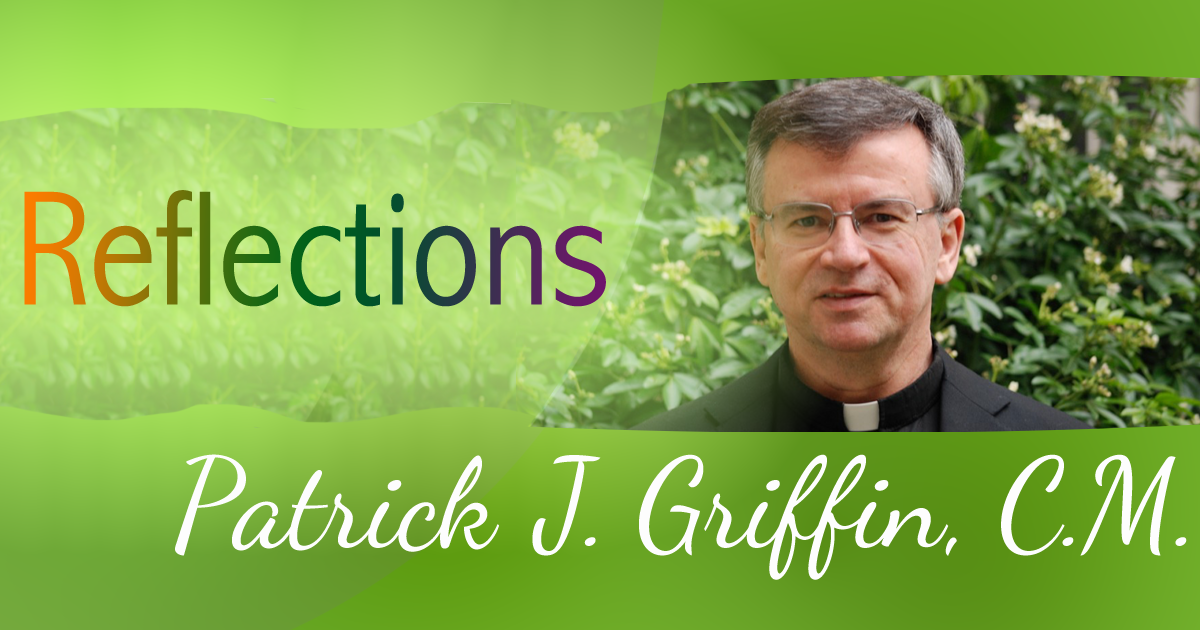
A Vincentian View: Trinity and Community
Vincent held out two great teachings of the Church for particular reverence by the members of the Congregation: the Incarnation and the Trinity. This past Sunday, we celebrated our triune God.
The primary symbol for a life of unity is the Trinity. Church teaching repeatedly turns our attention to this living out of the divine life in absolute oneness and love. At the very heart of God is an intimate communion of persons bound in love and this is the first and fundamental image for the Christian life. One can appreciate how the equality of persons, the commonality of purpose, and the sharing of one divine nature marks the triune God and offers the most profound illustration for the Christian life in community. Each of these elements bring value to our living together.
First of all, there is the element of equality. In the Trinity, the three divine persons are equal. One is not greater or more important than the other. Each shares in the same divine life and power. Within our community, we also need to have that sense of the equality of all the members. Some, of course, are called to carry out particular roles of responsibility from time-to-time (thanks, Steve), but always temporarily and with the element of service encompassing their task. We are all equals in the community. Our different backgrounds, cultures, and languages all contribute to the richness of our life together but do not separate us from one another. Listen to how St. Vincent speaks to the Daughters of Charity:
For a long time, I have been hoping—and I really do wish—that our Sisters would reach such a degree of respect among themselves that persons outside the community would never know which one is the Sister Servant. (St. Vincent de Paul. CCD 13b. “159. —Council of June 19, 1647.” P. 274.)
Secondly, there is the sense of unity which flows from our common purpose. Our triune God works as one for the accomplishment of a single goal to which each divine person contributes in fullness. As members of a community, we, too, work together for a common goal to which each contributes what he can, no matter how seemingly important or seemingly insignificant. We work together and we live together and we pray together. What no one can accomplish alone, we accomplish together with supportive words and actions. We value the contributions of one another and keep our eyes fixed on what we do together, taking responsibility for our common decisions and direction and sacrifices.
And thirdly, in imitation of the Trinity, we are bound together in a mutual love for one another. In presentations on the theology of the Trinity, the Holy Spirit is the spirit of love which binds the Father and Son in a triune love. For us, it is not simply a common vision or task which binds us together, but the love which we have for one another. The love makes our life and mission possible and worthwhile.
The importance of community for the Church and for those consecrated to religious life is highlighted by the communal character of the Trinity—three divine persons sharing one divine nature. The perfect and equal balance of persons within our Triune God models for us the way in which community should be lived. In community, each person should be valued and respected and treated as an integral part of the whole.
The model of the Trinity offers wondrous encouragement for our common life.







I’d like Pat’s permission to use his reflections on Trinity for fall 2017 retreat in Emmitsberg.
Mike Callaghan, CM
718-662-6440
callaghm@gmail.com